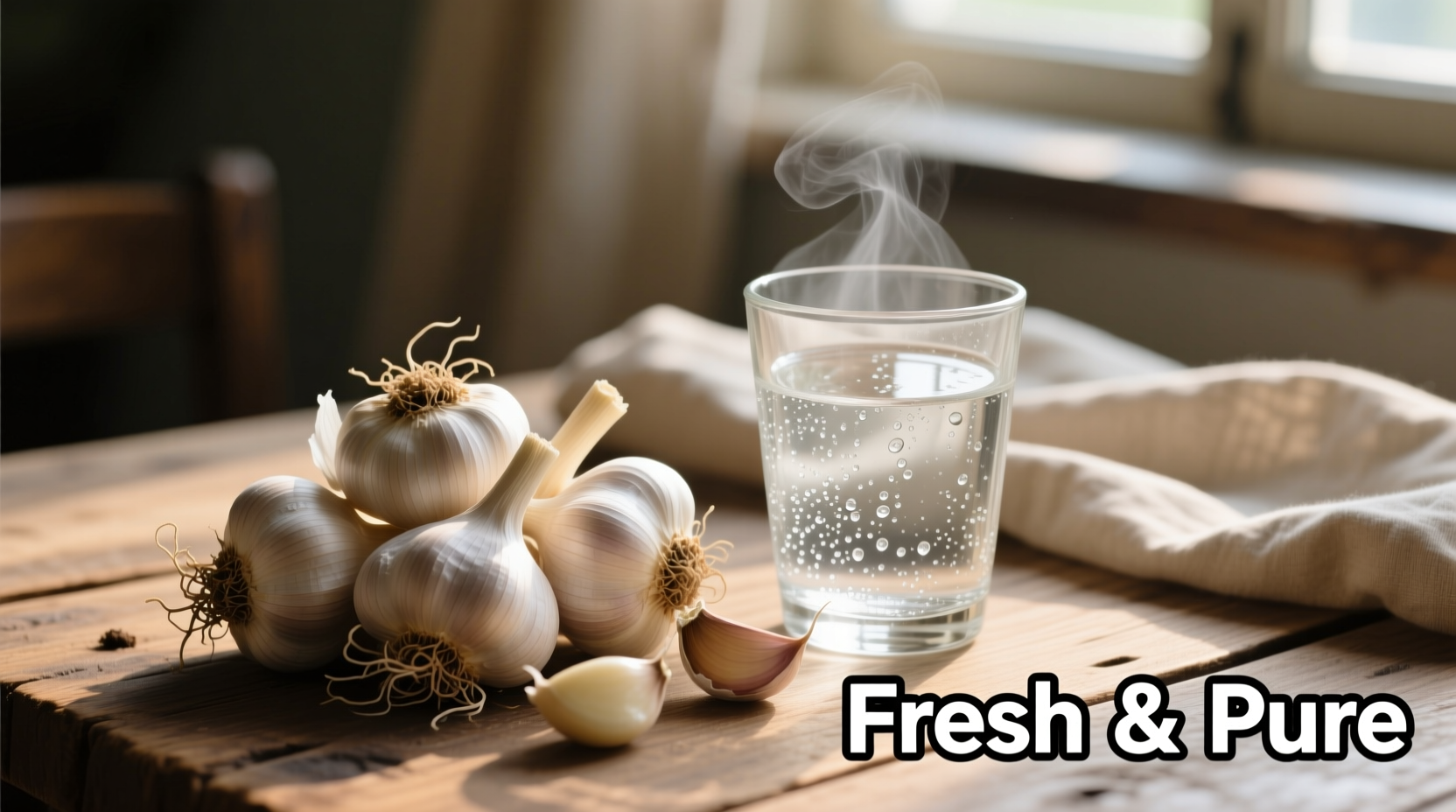Understanding the Garlic-Urine Connection: What You Need to Know
When your urine suddenly takes on a garlic-like odor, it's natural to feel concerned. This phenomenon affects many people after consuming certain foods, but understanding the difference between harmless dietary causes and potential health concerns is crucial. Let's explore what science tells us about this unusual symptom and when it requires professional attention.
How Food Compounds Transform Your Urine Odor
Garlic contains sulfur compounds like allicin that break down during digestion. These compounds metabolize into volatile substances that pass through your kidneys and exit in urine. The process typically begins 1-2 hours after consumption and peaks around 8-12 hours later.
Unlike asparagus-induced odor (which affects nearly everyone), garlic-related urine changes vary significantly between individuals based on:
- Genetic differences in metabolic enzymes
- Gut microbiome composition
- Hydration levels
- Recent dietary patterns
Normal vs. Concerning Urine Odor Patterns
Most garlic-scented urine cases fall into the temporary dietary reaction category. Consider these indicators to assess your situation:
| Normal Pattern | Potential Concern |
|---|---|
| Odor appears 1-2 hours after garlic consumption | Odor persists beyond 48 hours without garlic intake |
| Smell disappears within 24-48 hours | Accompanied by dark urine or reduced output |
| Only occurs after specific foods | Associated with abdominal pain or fever |
| No other unusual symptoms | Noticeable body odor between showers |
When Garlic-Scented Urine Signals Health Issues
While most cases relate to diet, persistent garlic-like urine odor could indicate underlying conditions requiring medical evaluation. The National Institutes of Health identifies trimethylaminuria (fish odor syndrome) as a rare metabolic disorder where the body cannot break down trimethylamine, sometimes producing garlic-like odors.
Liver dysfunction represents another potential cause, as impaired processing of sulfur compounds may alter urine composition. The Mayo Clinic notes that unusual urine odors combined with jaundice, fatigue, or abdominal swelling warrant immediate medical consultation.
Practical Steps to Address the Issue
For dietary causes:
- Increase water intake to 8-10 glasses daily to dilute compounds
- Wait 24-48 hours after consuming garlic-rich meals
- Monitor your diet to identify specific trigger foods
- Consider cooking methods - raw garlic produces stronger effects than cooked
When to seek medical help:
- Odor persists beyond 3 days without dietary triggers
- Accompanied by pain during urination or blood in urine
- Noticed alongside unexplained weight loss or fatigue
- Family history of metabolic disorders
During your medical consultation, expect your provider to review your complete medical history, perform a physical examination, and possibly order urine tests or liver function panels. The American Urological Association recommends keeping a 72-hour food and symptom diary to help identify patterns.

Preventing Unpleasant Urine Odors
While you can't completely prevent dietary-related odor changes, these strategies help minimize their impact:
- Chew parsley or mint after garlic-heavy meals
- Maintain consistent hydration throughout the day
- Space out consumption of sulfur-rich foods
- Consider digestive enzymes if sensitive to certain compounds
Remember that occasional odor changes reflect your body's normal metabolic processes. The key is recognizing when these changes fall outside typical patterns. As the National Kidney Foundation emphasizes, urine characteristics provide valuable health insights when monitored consistently.
Frequently Asked Questions
How long does garlic smell last in urine after eating?
Garlic odor typically appears in urine 1-2 hours after consumption and lasts 24-48 hours, depending on your metabolism and hydration levels. Drinking extra water can help reduce the duration by diluting the sulfur compounds responsible for the smell.
Can liver problems cause urine to smell like garlic?
Yes, liver dysfunction can sometimes cause unusual urine odors including garlic-like smells. When the liver can't properly process sulfur compounds from foods, these substances may pass into urine. Consult a healthcare provider if odor persists without dietary triggers or accompanies other symptoms like jaundice or fatigue.
What foods besides garlic cause urine to smell unusual?
Asparagus commonly causes sulfurous urine odors, while coffee, alcohol, and certain spices like curry can alter urine smell. Strongly processed foods with artificial additives may also affect odor. Each food produces distinct chemical compounds that metabolize differently, creating unique scent profiles in urine.
Is urine that smells like garlic dangerous?
Temporary garlic-scented urine after eating garlic-containing foods is generally harmless. However, persistent odor without dietary explanation could indicate metabolic disorders or organ dysfunction. Seek medical advice if the smell continues beyond 48 hours without garlic consumption or appears with other concerning symptoms.
Can dehydration make urine smell like garlic more strongly?
Yes, dehydration concentrates urine, intensifying any existing odors including garlic-like smells. When urine becomes more concentrated, the sulfur compounds from garlic metabolism become more pronounced. Maintaining proper hydration (about 8 glasses of water daily) helps dilute these compounds and reduce odor intensity.










 浙公网安备
33010002000092号
浙公网安备
33010002000092号 浙B2-20120091-4
浙B2-20120091-4